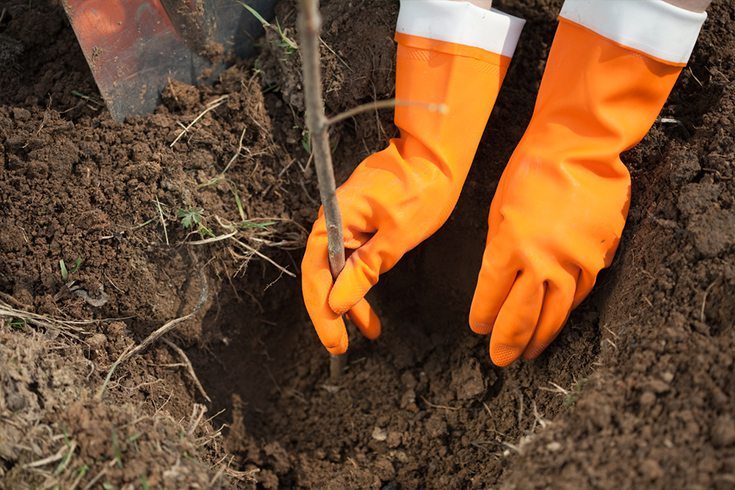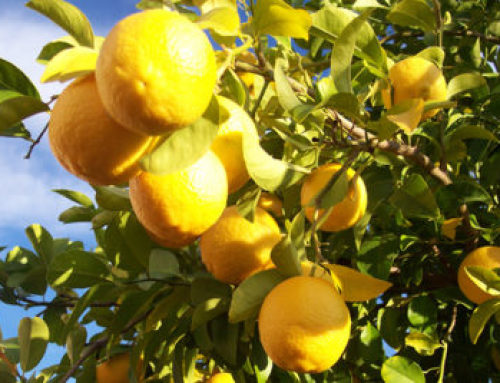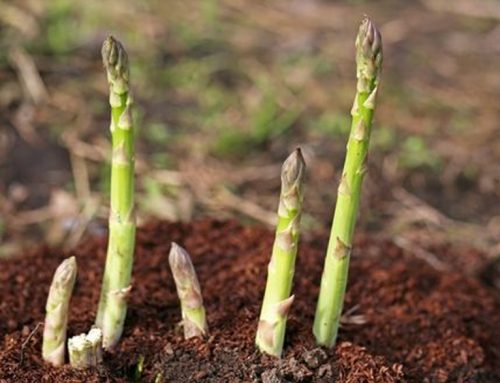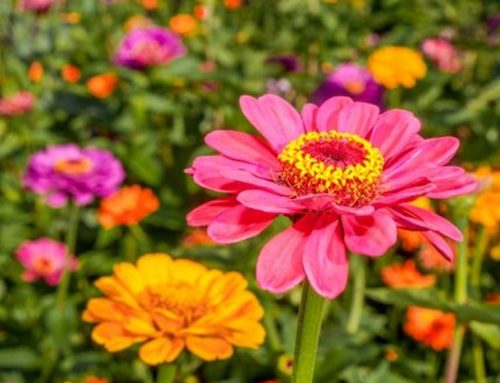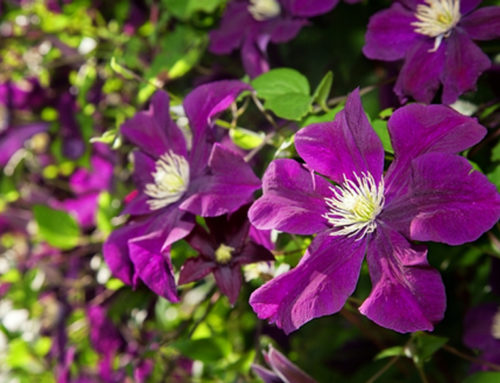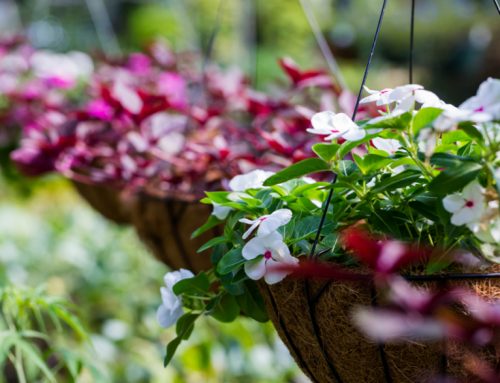If you are considering planting fruit trees it is also worth bearing in mind that they can be very decorative, especially if trained as fans against walls.
The most common fruitng tree to plant is an apple but there are many others to choose from including pears, cherries and plums. When planting apples and plums check with your suppliers to see if the variety you have chosen needs a pollinating variety to be planted with it.
Container-grown fruit trees can be planted at any time of year except when frosty or if the soil is too dry or too wet. However, the best time to plant your fruit tree is late autumn to early winter as this is when the tree is in its dormant stage. Avoid planting if there’s a frost – place roots into moist soil until conditions improve. As fruit trees will be in position for years it is important to prepare the ground well, adding plenty of organic material, such Gro-Sure Farmyard Manure. For more advice follow our guide on How To Plant Containerised Trees.
‘One generation plants the tree, another gets the shade’ – so goes the Chinese proverb. The fruit trees you plant today will grow for many decades into the future, though luckily you don’t have to wait till your kids take over to enjoy the fruit.
Once you’ve selected your tree – traditional apples and pears, or perhaps cherries, apricots or a fig, all available from our garden centre – give it the best possible start to its long life by getting the planting right. Here’s how:
• Choose the site carefully: some fruit trees, such as cherries, will fruit in partial shade but most need a sunny spot that’s reasonably sheltered.
• Dig your hole: the size is important so your tree grows at the right height in the soil. Make your hole a third wider than the rootball, and the same depth as the container the tree is growing in (if your tree is bare-root, look for the ‘soil mark’ just where the roots meet the stem).
• Use a garden fork to lightly loosen the soil at the bottom of the hole to let the roots get through easily.
• Bang a sturdy tree stake, available in our garden centre, into the bottom of the hole at 45° to vertical, pointing into the prevailing wind. It should cross the trunk about halfway up.
• Now place the tree in the hole next to the stake, spreading out the roots evenly if it’s bare-root.
• Back-fill the hole with soil, treading it in gently as you go so the tree is well anchored in the soil.
• Water thoroughly, so the moisture sinks right down into the root zone, and top with a nice deep mulch of well-rotted farmyard manure, pulled back from the trunk so it doesn’t encourage rotting.
• Finish by tying the tree to the stake with a specialist rubber tree tie. You’ll find these in our garden centre: they work in a figure-eight between tree and stake to prevent rubbing and allow the tree trunk to expand.
Please ask the staff in our garden centre for more information and advice about planting fruit trees.
Caring for Fruit Trees
Newly planted trees should not be allowed to dry out. Mulch around the tree every spring with organic material, again Gro-Sure Farmyard Manure is great for this job.
Harvesting and Storing
Fruit should be picked as it ripens, which is usually when the fruit comes away easily with a quick twist. Some tree fruit stores better than others. In general apples and pears store well in a dark cool place. Only store sound fruit. Freezing is appropriate for apples and pears when cooked and pureed. Cherries and plums can be frozen or bottled but should be stoned first.
Pest and Diseases
A wide range of pests and diseases can affect fruit trees. Birds, wasps and codling are the 3 most important pests.

